The use of chainsaws in carving can be a dangerous activity. However, with the proper training and safety protocols, it can be an enjoyable pastime. One of the most important aspects of chainsaw carving safety is knowing how to properly perform CPR in the case of an emergency. This article will provide an overview of the CPR training necessary for chainsaw carving, and how to apply it to ensure a safe and successful experience. Chainsaw carving is a popular hobby, but it is also a dangerous activity.
It is essential for chainsaw carvers to have the proper safety protocols and CPR training in order to ensure their safety and the safety of others. Wearing proper protective gear such as goggles and gloves is an important part of being a safe chainsaw carver. A standard chainsaw and a carving saw are different in terms of safety protocols. Standard chainsaws have higher safety protocols due to the increased power and speed, while carving saws are designed with safety features such as a lower speed and less powerful motor.
Accidents can occur while chainsaw carving, such as kickback or contact with the rotating chain. Kickback is when the blade suddenly moves in an upward direction, resulting in potential injury. Contact with the rotating chain can cause serious injury if the correct safety protocols are not followed. Inspecting the chainsaw before use is important to ensure that all parts are in working order and functioning correctly.
This includes checking for any visible damage to the chain or other parts of the saw, as well as checking for loose screws or bolts. Maintaining the chainsaw during and after use is also important for optimal performance and safety. This includes regularly cleaning the saw, sharpening the chain, and replacing parts when necessary. Paying attention to signs of fatigue or inattention while operating a chainsaw is essential for avoiding accidents.
In case of an emergency, it is important to know how to perform CPR correctly. Knowing how to apply pressure to the chest, check for breathing, and provide rescue breaths can help save someone’s life. CPR training for chainsaw carving is an important part of staying safe and being prepared for any potential accidents or emergencies. Wearing proper protective gear, understanding the difference between standard chainsaws and carving saws, recognizing common accidents, inspecting and maintaining the saw, and knowing how to respond in an emergency situation are all key elements of staying safe while chainsaw carving.
Emergency Procedures
When using a chainsaw, it is important to be aware of the potential for accidents or emergencies.Knowing how to properly respond in an emergency situation can help ensure that any injury is minimized and can even save a life. In the event of an accident or emergency, the most important thing to do is to remain calm and call for help. When performing CPR on someone who has been injured while using a chainsaw, it is important to assess the situation and provide the appropriate level of care. First, check for signs of life such as breathing or a pulse.
If the person is not breathing or has no pulse, start chest compressions. Place the heel of one hand on the center of the person's chest and place the other hand on top of the first. Push down hard and fast with your arms straight to provide chest compressions. Continue performing chest compressions until help arrives or until the person begins to breathe on their own.
If you are alone, you can continue to perform chest compressions while calling for help. In addition, it is important to keep the area around the person free from debris and anything that could further injure them. CPR training is essential for anyone who works with chainsaws or any other power tools. Knowing how to correctly perform CPR in an emergency situation can help ensure that any injuries are minimized and can even save a life.
Common Accidents
Chainsaw carving is a popular hobby, but it is also a dangerous activity.Accidents can happen quickly, and knowing how to respond is essential for chainsaw carvers. The most common accidents include kickback, contact with the rotating chain, and chain breakage.
Kickback
occurs when the saw blade on the chainsaw contacts an object in such a way that the saw blade is forced to rotate in the opposite direction. This can cause the saw to jerk back violently, potentially injuring the operator.To avoid kickback, chainsaw carvers should ensure that their saws are correctly maintained and sharpened, and should never force the saw into an object or cut too quickly.
Contact with the rotating chain
can occur if the operator does not properly handle the chainsaw or if protective guards are not used. Contact with the rotating chain can cause severe injuries, so it is important to exercise caution when using a chainsaw and to follow all safety protocols for chainsaw carving.Chain breakage
can happen when a chainsaw is misused or when it is not properly maintained.If a chain breaks, turn off the chainsaw immediately and carefully inspect it for damage before continuing to use it.
Safety Tips
Chainsaw carving is a popular hobby that comes with certain risks. Following safety protocols and practicing CPR training is essential for chainsaw carvers in order to prevent accidents and ensure the safety of everyone involved. It is important to always inspect a chainsaw before use, including checking for sharpness and proper lubrication.Wearing protective gear while operating the saw, such as gloves, goggles, and ear protection, is also essential for chainsaw carvers. It is also important to recognize signs of fatigue or inattention while operating a chainsaw, such as dizziness or blurred vision. Taking frequent breaks while operating the saw can help prevent accidents due to fatigue. Overall, safety protocols are essential for chainsaw carvers.
Proper maintenance and inspection of the saw, wearing protective gear, and recognizing signs of fatigue are all important considerations for safe chainsaw carving. Chainsaw carving is a popular and rewarding hobby, but it is important to understand the safety protocols and CPR training involved.
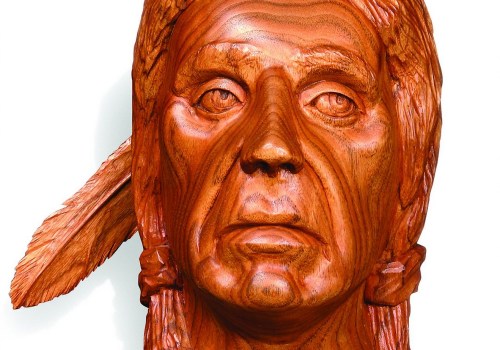
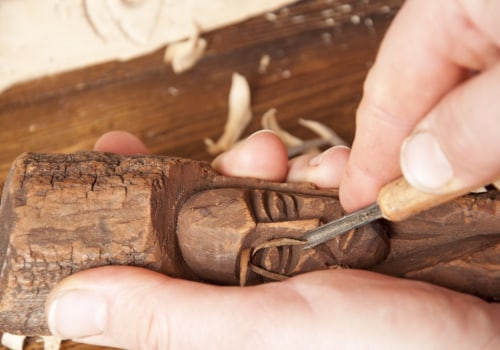
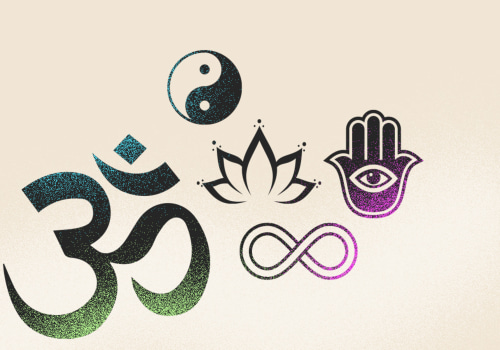

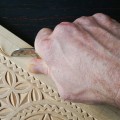
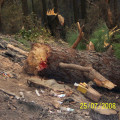
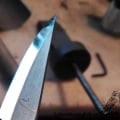
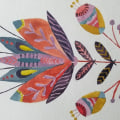
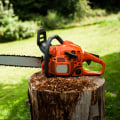
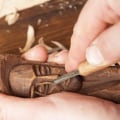

Leave a Comment